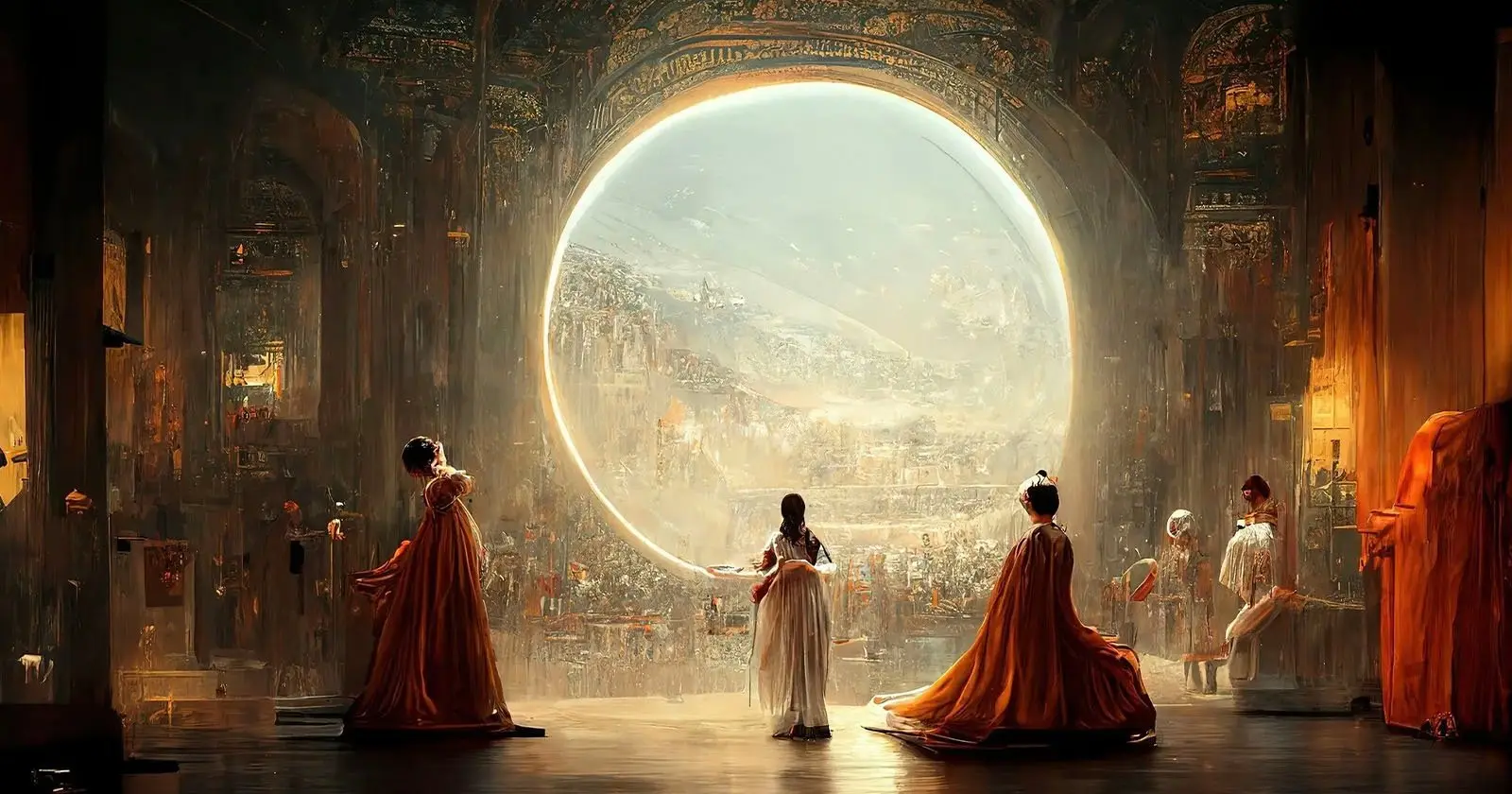An artist who infamously duped an art contest with an AI image is suing the U.S. Copyright Office over its refusal to register the image’s copyright.
In the lawsuit, Jason M. Allen asks a Colorado federal court to reverse the Copyright Office’s decision on his artwork Theatre D’opera Spatialbecause it was an expression of his creativity.
Reuters says the Copyright Office refused to comment on the case while Allen in a statement complains that the office’s decision “put me in a terrible position, with no recourse against others who are blatantly and repeatedly stealing my work.”



Doesn’t modern art include works that are simply paint streaks left on canvas from someone quickly swinging a brush with paint on it at a distance?
Why is the phrase used by an AI prompt not considered more effort than that? The former requires no thought, only movement. The latter requires an understanding of language, critical thinking and the ability to envision an end result that isn’t just a paint splatter.
Indeed. ‘Fountain’ is widely recognised as a major landmark and it’s just a urinal in a museum.
https://en.wikipedia.org/wiki/Fountain_(Duchamp)
Because in a Jackson Pollock painting, the artist was in complete control of his paintbrush as it swung through the air. Not to mention the choice of brush, the amount of paint, the color, etc. If there is a blue streak in the upper left, it’s because Pollock wanted a blue streak in the upper left.
An AI prompt is more like handing your camera to a passerby in Paris and saying, “Please take a photo of me with the Eiffel Tower in the background”. If your belt is visible in the photo, it’s because the passerby wanted it there. That’s why the passerby, not you, has a copyright over the result.
Your first paragraph is just nonsense. Please go try to swing a paintbrush and get every drop exactly where you want. It’s not possible. It’s literally why pollock painted that way.
Being in control does not mean achieving what you “want” or intend.
You are in control of your car, even if you unintentionally hit a tree. Likewise, Pollock controls his paintbrush, it is held by his hand which only he can move. If he flicks paint on his friend’s new jacket that might not be his intent, yet he is still 100% responsible for that outcome.
No they weren’t. Their brush was being influenced by every piece they had seen before. None of those arguments are any different than the resin was in control of the prompt when they requested the image. This is nothing more than human/biological exceptionalism.
Copyright law is absolutely based on human exceptionalism, because it is meant to incentivize humans.